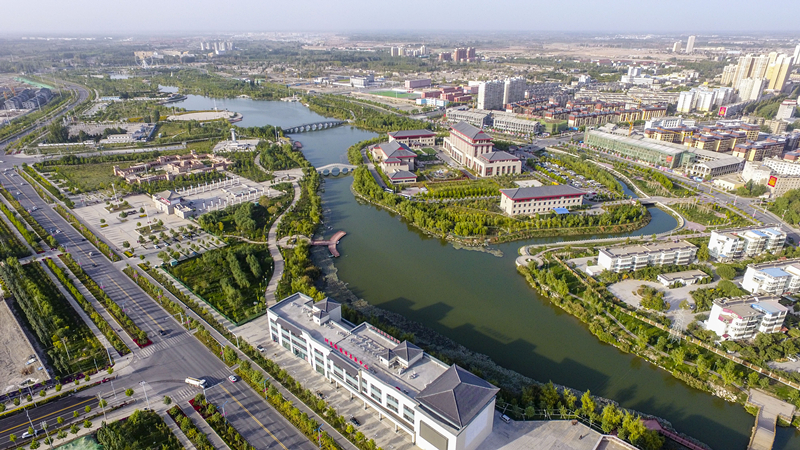Xinjiang's man-made 'green wall' holds desertification in check
More than 30 years ago, a war against desertification was waged silently in a little-known spot called Kekeya in Aksu prefecture, Northwest China's Xinjiang Uygur autonomous region.
Frequent droughts

People in Kekeya suffered droughts for hundreds of years. Records show that, during the Qing Dynasty (1644-1911), a local official hired people to drill wells and explore for underground water, but authorities abandoned the project on grounds that the overall cost was likely to be extremely high.
Before the founding of the People's Republic of China in 1949, locals made a second attempt, digging several wells in Kekeya, but found no water. In the 1960s, a project to channel water from a river in Aksu city was started, but later abandoned.
"Planting trees in Kekeya seemed as impossible as farming fish in sand," said Eli Sulayman, 77, a retired forester in Kekeya, adding that the area had about 100 days of sand and dust storms every year.
"In spring and winter, fierce winds blew up and sand engulfed the cities. Residents had to turn on the lights even during daytime. Either we endured or we escaped," he said.
In 1985, high-ranking officials in Aksu decided that enough was enough.
A head office for desertification was established the following year to improve the situation.
Many people had doubts about the decision, which they considered risky, but Bi Kexian, director of the local forestry department at the time, was in favor of the project. "For the sake of future generations, I was willing to take the risk to turn the bare land green," he said.
Bi took the lead by surveying the soil environment. Deep ravines and salty soil in need of irrigation were among the major obstacles ahead.

